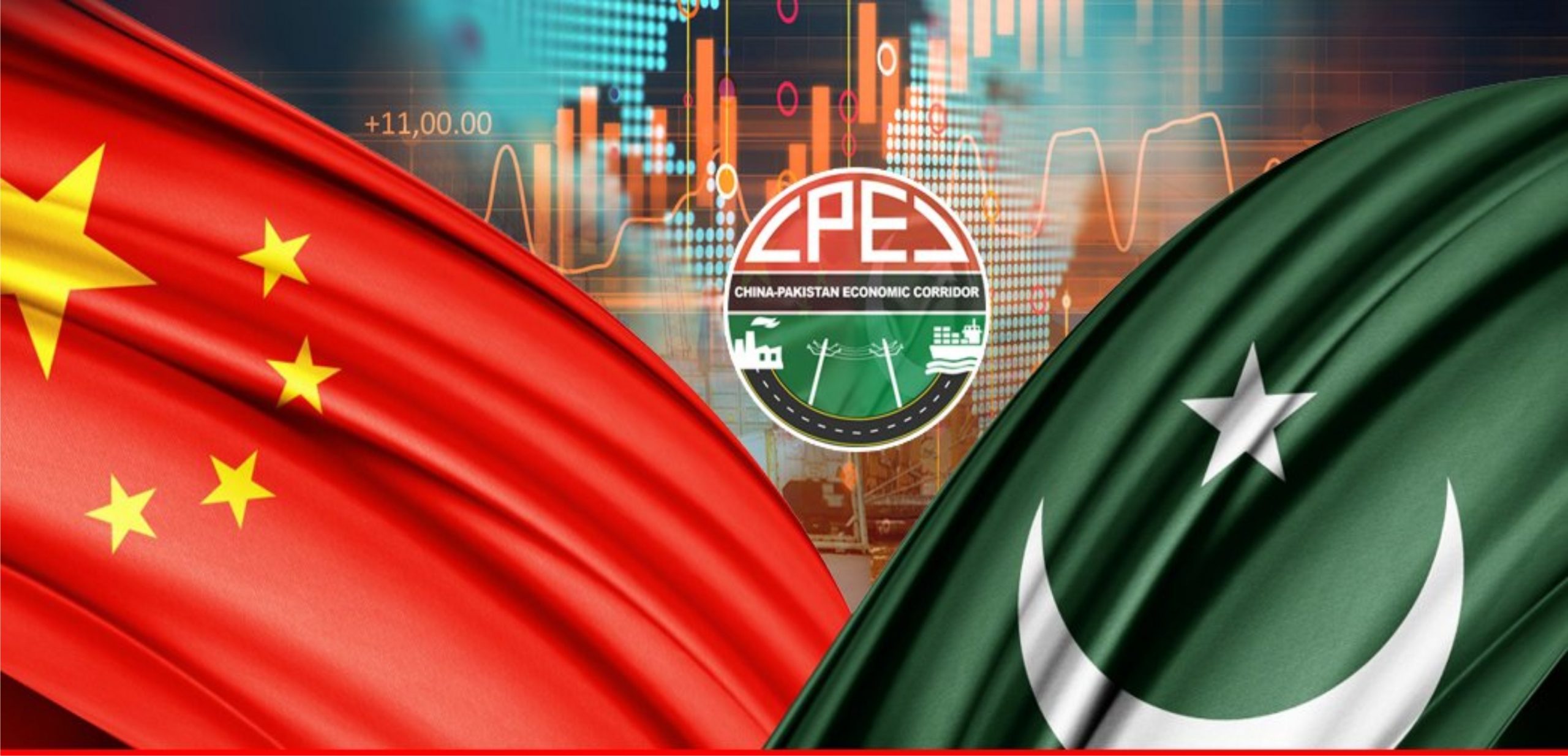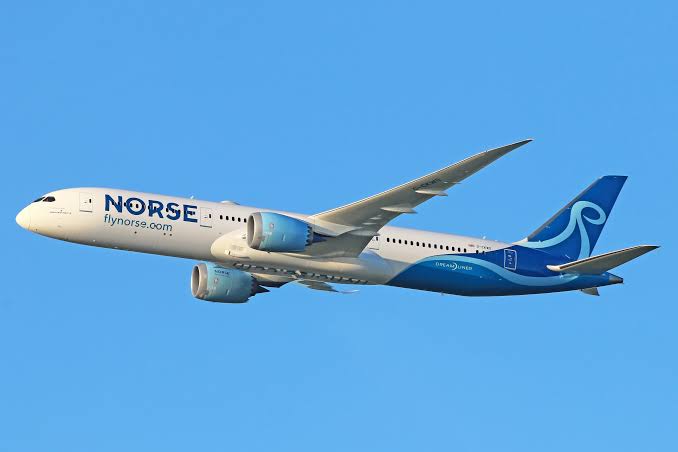By: Hassan Raza

Under President Xi’s flagship, the China-Pakistan Economic Corridor (CPEC) launched the One Belt One Road Initiative (BRI) in 2013, achieved marvelous progress, and completed Phase One with the work already started for Phase 2, also known as CPEC 2.0. China-Pakistan relations have always been multidimensional with a focus on every sector. CPEC Phase 1 focuses on infrastructure, development, and major initiatives to set the stage for future initiatives. A major investment of 78 Billion Dollars on the flagship project to connect both countries through the Silk Road and opening the gates for China’s Marine Silk Route. Phase 1 major projects include the Gwadar Port, Energy Sectors, and the establishment of Special Economic Zones (SEZs). Pakistan is all set to enter into Phase II of the CPEC following six years of Phase I. Within Phase II, about 63 projects are planned valued at approximately $35 billion, completed by 2030. This stage focuses on trade promotion, technology enhancement, agricultural growth, industrial collaboration, and strengthening regional connectivity. The tourism industry is also expected to grow. These projects hold great promise for increasing employment prospects for people. The tourist, IT, and agriculture sectors are expected to be the future expansion base.
Another aspect of CPEC 2.0 includes its diverse framework. The Planning Ministry has taken the lead in putting the 5Es framework, Export, Energy, Equity, E-Pakistan, and Environment into practice. According to Prime Minister Shehbaz Sharif’s vision, this framework will support Pakistan’s prosperity in every industry. The minister emphasized the significance of boosting Pakistan’s export capabilities through enterprise development and job creation. The planning minister gave a strategic overview of how to maximize the success of Pakistan’s Special Economic Zones (SEZs) at the forum. According to his “one plus four” concept, each Pakistani SEZ would partner with one Chinese province, one industry group to create specialized clusters inside the SEZs, one Chinese SEZ to offer technical assistance, and a state-owned company to lead SEZ growth. Iqbal emphasized that the construction and expansion of SEZs in Pakistan would be expedited by this cooperative structure, increasing their competitiveness and allure to investors.
CPEC Phase 2 holds great significance with the implementation of learnings from the Phase 1 projects and initiatives. The Chinese envoy, Jiang Zaidong, and the Federal Minister of Planning, Development, and Special Initiatives, Ahsan Iqbal, met and determined to speed up the second phase of the China-Pakistan Economic Corridor (CPEC) and form a working group on five new economic corridors: the Corridor of Innovation, the Corridor of Green Energy, the Corridor of Job Creation, and Inclusive Regional Development. These new corridors hold great importance and signify the goals revolving around phase 2 of the CPEC. Pakistan can grab the required support from these corridors to initiate further development. The creation of new technologies to improve the fields of agriculture, information technology, tourism, and entrepreneurship lies at the Corridor of Innovation. Under the umbrella of the government-established Special Investment Facilitation Center (SIFC), which also focuses on the growth of these sectors’ investment and business, Pakistan needs the necessary technologies to strengthen the corresponding sectors. BRI is shifting toward more environmentally friendly construction, and CPEC is following suit with its Green Energy Corridor.
The major advancement within Phase 2 lies in the corridor of Regional Connectivity which holds the core significance. CPEC has focused on establishing an advanced transport system valuing the importance of connectivity, with connectivity with different regions majorly along Central Asia for the production and to fulfill the requirements of energy and to export agriculture and textile products. Pakistan is now also focusing on reviving the relations with Russia which also makes way through Central Asia which can enable more export and LPG needs for the country. Tajikistan could have direct access to the Indian Ocean by linking with it if the China-Pakistan railway is built. Thus, a path to the global market via CPEC can be of enormous assistance to the landlocked CARs. Reviving the Quadrilateral Trade in Transit Agreement between China, Kazakhstan, Pakistan, and Kyrgyzstan has boosted regional connectivity and will aid in realizing the full potential of the China-Pakistan Economic Corridor (CPEC). The Quadrilateral Agreement uses the Karakoram Highway, which links China and Pakistan, as a transit route and gives Pakistan access to Central Asia without going via Afghanistan. Additionally, it permits the flow of products through all contracting parties’ territory duty-free. Regional economic corridor can surely enhance the value of CPEC 2.0 to new heights with major countries like Iran, Turkey, Saudi Arabia, and Afghanistan looking to be part of this mega project.
The two primary modern obstacles facing CPEC are the slow pace and the security risks. Phase I of the CPEC has been significantly impacted by these two issues, and the project’s delayed growth has even given rise to grave doubts about Pakistan’s willingness to see it through. The security paradigm of Chinese engineers and laborers on various project sites posed a significant risk with the slow pace, particularly in light of the latest attack in March. To combat the extremists, Pakistan has implemented stringent security measures. To reinforce security measures, a special conference with the military and PM Shahbaz was held. Pakistan must enact strict laws to ensure a secure environment for workers and investors from China and other countries. Doing so will undoubtedly help the country’s growth.
The improvement of all these additional corridors would undoubtedly make CPEC Phase 2 considerably more inclusive and accessible to participation from other nations in the connection. Pakistan can also allow additional investment and development by opening up to other regional economic corridors. Greater progress toward regional integration and development can be made by the CPEC with appropriate cooperation with international organizations including the SCO, ASEAN, and BRICS. Phase two will provide further advancements in agriculture, technology, and connectivity, perhaps serving as Pakistan’s new pillars of progress. The government should embrace CPEC in its entirety and enact laws that will help it be completed on schedule and strengthen ties between the two administrations.
The writer is a research associate at the Pakistan Institute of China Studies. He can be reached at [email protected]














